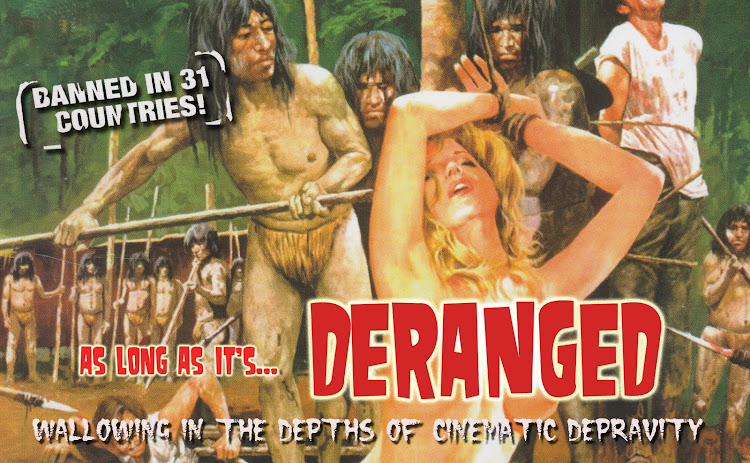
Ah, what better way to start 2011 than with a look at the most controversial film of 2010, Srdjan Spasojevic’s A Serbian Film, due for imminent release in the UK in a version shorn of four minutes at the behest of the BBFC – an utterly pointless act in the current age of almost universal availability by fair means or foul and also a dark and depressing reminder of the board’s power and ability to decimate a director’s vision under a woefully misguided conviction of protecting our tender sensibilities from the corrupting influence of a work of fiction.
The story is a simple one – porn star Milos (Srdjan Torovovic) has retired from the sex film industry and is living with his wife and son, funded by his dwindling savings from his time in the business. He is contacted by (still-in-the-business) Laylah who indicates that “artist philosopher” Vukmir is willing to offer Milos a bumper payday that will effectively set Milos up for life for one last job. His curiosity piqued,
Provided with a lengthy contact that he is told he does not need to read and lacking a script in order to elicit a more honest performance Milos soon finds himself thrust (pun intended) into a series of scenarios that increasingly disturb rather than arouse.
Further appalled by Vukmir’s practices, Milos notifies the director that he is no longer willing to remain involved in his production. After ranting about their homeland now being “a victim” Vukmir screens some footage for
Waking up at home covered in blood and with his wife and son missing,
Probably the most intriguing and divisive film since Martyrs, A Serbian Film is one that demands your attention. It adheres to a simple three act formula; introduction, participation and conclusion, the final act unspooling by way of flashback sequences. It’s an extremely well made, effective and taut film (especially in its’ full version) that is likely to be lazily labelled as ‘torture porn’. The subject matter certainly pulls no punches although I would have thought that anyone watching the sanitized BBFC approved version is going to find the impact significantly diluted. If I had to level one criticism, it could be said that the film’s professionalism works a little against the film and I feel that some of the onscreen atrocities would have had greater impact if there had been some ‘shaky-cam’ footage, ala Cannibal Holocaust, Cloverfield, the torture sequences in Emanuelle in













